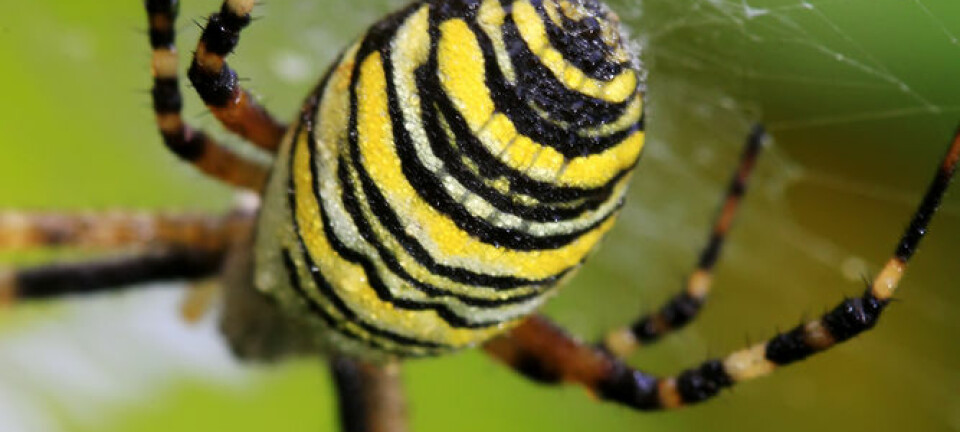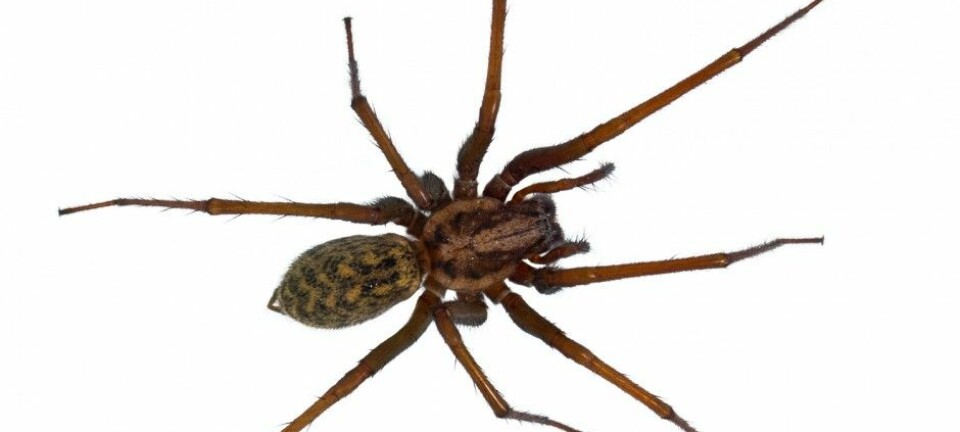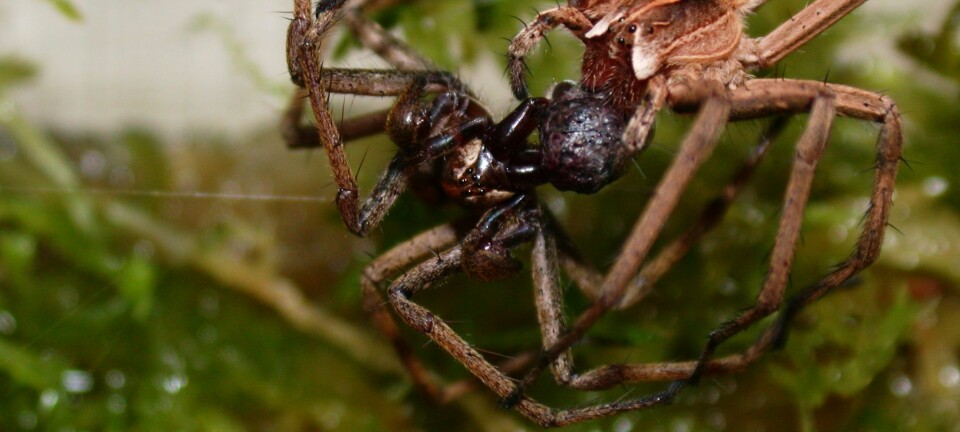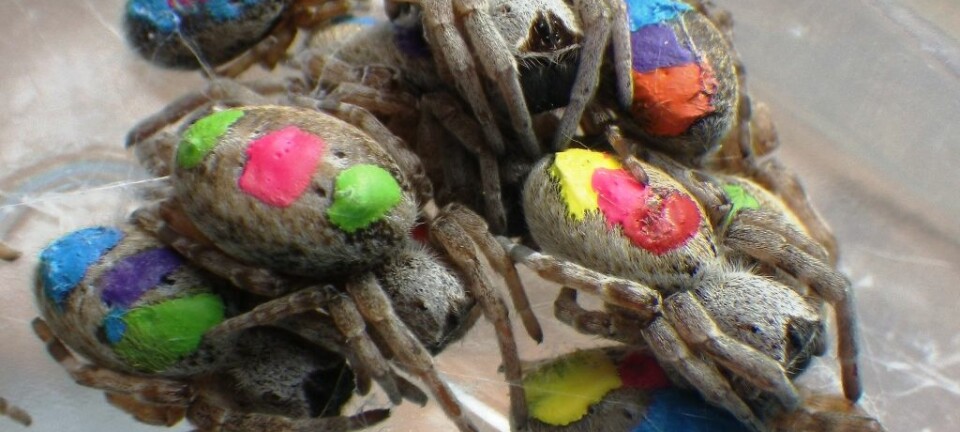Eighteen new 'pelican' spiders discovered in Madagascan rainforest
A strange group of spiders, which were once considered extinct, have been found in the rainforest.
A team of scientists have discovered 18 new species of so-called pelican spiders on the East African island of Madagascar.
The new discovery brings the total number of known pelican spiders to 90.
Results are published in a new study in the journal Zookeys.
First discovered inside a piece of amber
Pelican spiders were first discovered in the mid-1800’s, embedded in a piece of amber from the Baltics.
Living specimens were discovered some time later in Madagascar.
"It was a big surprise because we thought they were extinct. But since then we’ve tried to map the distribution of these ‘living fossils’ and we’ve been on field work to the island several times before to look for these spiders," says Nikolaj Scharff, professor at the Natural History Museum of Denmark, University of Copenhagen, and one of the scientists behind the discovery.
Read More: Udzungwa! Photos of a forgotten rainforest
Resembles a pelican from the side
As the name suggests, the spider resembles a miniature pelican when viewed side-on, which is odd in itself, says Scharff.
An ordinary house spider’s body is divided in two parts: the abdomen behind and cephalothorax in front, where the eyes sit above the mouth.
But a pelican spider has an elongated head with eyes on top, and a long neck like a giraffe. The mouth sits at the base of the long neck and the mouthparts are unusually long, equipped with poisonous fangs at the end, says Scharff.
The pelican spider also exhibits rather different behaviour.
Read More: How spiders make their silk
Cheats and impales its prey
While most spiders catch their prey with the help of a spider web, pelican spiders take a more dramatic approach.
They seek out the spider web dragline by smell. When they reach the web they begin to slap the thread with their forelegs to make the spider think that prey has landed.
The smaller spider runs to see what it believes is prey landing in its web, at which point the pelican spider lifts up its mouthparts, gives a quick jerk to impale the small spider and injects it with poison, leaving it hanging until the poison has taken effect.
How the pelican spider cheats and impales its prey using long poisonous hooks. (Credit: ScienceNews)
Read More: How spiders weave their webs
Survived using a different technique
A third of all known spider species use sticky spider webs to catch their prey, which is probably one reason why they have been so successful, says Scharff.
But pelican spiders are not part of this club.
"Pelican spiders developed a special hunting technique long before the sticky spider web was ‘invented,’ but this alone did not lead to lots of pelican spiders," he says.
Even though their populations are small, they have been around far longer than most other more modern species. The oldest known example of a pelican spider dates back approximately 165 million years.
Their longevity is a testament to the success of their cheat and impale hunting strategy.
----------------------
Read more in the Danish version of this story on Videnskab.dk
Translated by: Catherine Jex














